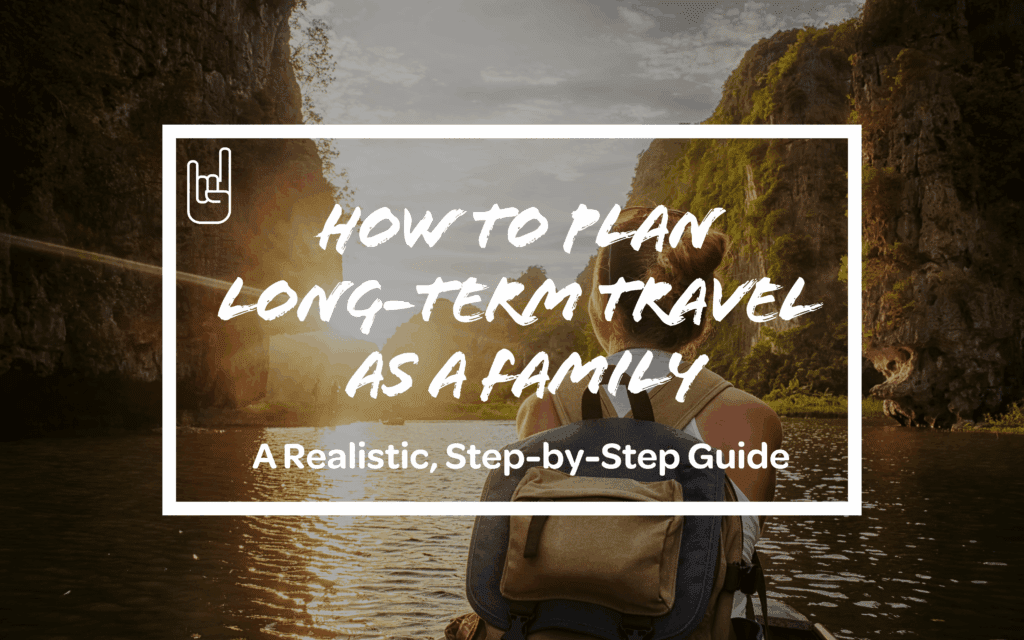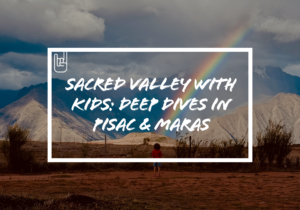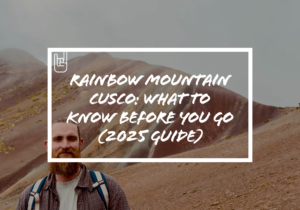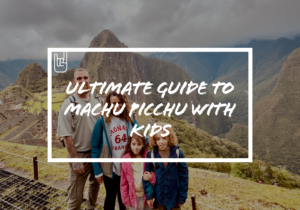How to Plan Long-Term Travel as a Family: A Realistic, Step-by-Step Guide
Updated September 2025 from Ecuador: Here’s what’s actually working for us on the road with two kids, the real numbers, schooling on buses, long-stay rentals, meltdowns in Quito, and all the messy logistics
Family Long-Term Travel: Quick Planning Guide
💳 Money: Set up Wise or Revolut for multi-currency accounts + cheap transfers.
🛡️ Insurance: SafetyWing family insurance coverage
📱 Connectivity:Buy an Airalo eSIM before you fly. countries.
🏠 Accommodation: Booking.com or Airbnb for long-stay discounts; TrustedHousesitters if you’re flexible.
🎒 Packing: Amazon is your friend for travel gear (packing cubes, filters, kid essentials).
🗓️ Itinerary: Keep first week slow (altitude, jet lag, new routines).
Freebie: Download our Travel Planning Checklist (Google Sheet) to copy our timeline and tasks.
People ask us all the time: “But how are you actually doing this with two kids?” School, money, meltdowns, medical… it’s a lot.
It’s not easy, but it’s doable. We’re figuring it out one messy, meaningful step at a time, and this guide is exactly what we wish we’d had when we started.
How do people afford this?
What about school?
Will our kids fall behind?
Are we completely mad for even thinking this?
We get it. Because we’ve been there.
We’re not millionaires.
We don’t have a YouTube channel with millions of views or a secret inheritance.
We’re just a regular family of four who decided that waiting for “someday” wasn’t cutting it anymore.
This guide is everything we wish we’d found when we first started planning. Whether you’re still in the early daydream phase or actively packing boxes, here’s how to plan long-term travel as a family…without losing your mind (or your savings).
This blog is fuelled by caffeine and chaos, if it helps, support our journey.
Table of Contents
Why Families Choose Long-Term Travel
Long-term travel with kids isn’t just for gap-year teens or retirees. More and more families are stepping away from traditional routines, not because life was falling apart, but because it just didn’t feel like enough.
What draws families in:
Time together: Days that aren’t built around logistics. Just being.
Adventure: Kids get to touch, taste, and hear the world, not just read about it.
Freedom from “default” settings: No school bells. No commute. No more fast-forwarding through life.
Perspective: Travel builds resilience, empathy, and curiosity for all of you.
And honestly? A lot of us just hit a point where the hustle didn’t make sense anymore.
Now that we’re living it, the “why” shows up daily: slow breakfasts together, Spanish with market sellers, bus-ride geography lessons, and kids who bounce back faster than we do. It’s not an escape; it’s an intentional season.
“It wasn’t about running away from life. It was about running toward something better.”
Budgeting for Long-Term Travel as a Family
This is always the first question:
“How are you affording this?”
No, you don’t need to be rich. But you do need a plan.
What to budget for:
Flights + transport
Accommodation (monthly rentals > nightly)
Travel insurance (see below)
Food (local groceries + home cooking saves £££)
Visas + entry fees
Healthcare + vaccines
Schooling resources (if any)
SIM cards/internet access
Activities + extras
Emergency fund
We’re tracking everything and sharing a full breakdown soon.
Read our article: Budgeting for a Year Travel: What it Really Costs
Our approach:
- Runway: Modest savings + renting our home to cover some fixed costs.
- Income mix: Part-time remote work + early blog/affiliate + small digital products.
- Pace: Slow travel (1–3 months per stop) to cut flights and unlock discounts.
- Tracking: Weekly money check-ins (Google Sheet + Wise/Revolut reports).
Download: Family Travel Budget Template (free)
Picking the Right Destinations for Your Family
The world is big. You don’t need to see it all. You need to find places that work for you.
What we considered:
- Cost of living
Visa flexibility
Health care access
Family-friendly feel (walkable? chill vibe? playgrounds?)
Language & cultural openness
We chose to focus on Latin America for a few reasons:
Spanish immersion for us and the kids
Culture and community > crowds and resorts
Affordable, diverse, and deeply welcoming
Most countries offer 90-day tourist stays (some extendable)
If you’re just starting, choose one region and move slow. Chasing flights is exhausting (and expensive). Living local is where the magic is.
Use this quick selector:
Safety/health: decent clinics + simple transport
Costs: can you do a 2-bed monthly rental under your budget?
Kid fit: parks, walkability, calm neighborhoods
Visas: 60–90 days minimum, easy extensions
Language: chance to practice (for us: Spanish)
Start with one region and move slow. Chasing cheap flights is expensive.
Schooling: How Will the Kids Learn?
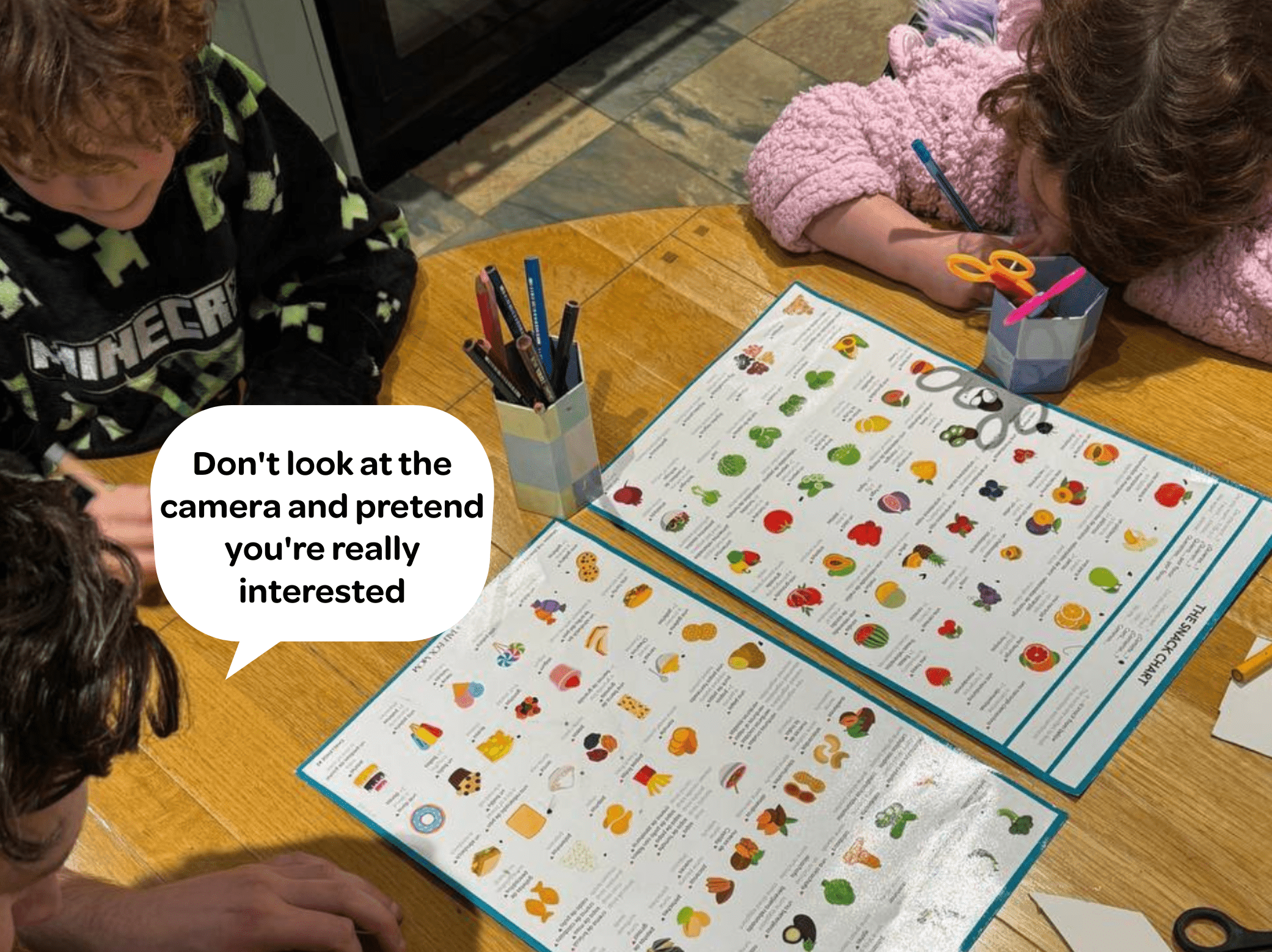
This one kept us up at night.
The truth? There’s no one right answer.
Education paths we explored:
Worldschooling: Letting the world and your travels guide learning.
Homeschooling: Following a specific curriculum from your home country.
Online school: Digital programs to maintain structure while abroad.
Our choice:
Our blend right now: worldschooling + light structure. Spanish vocab at breakfast, journals a few times a week, maths via pesos and bus timetables, nature study from what we actually see. Some days it’s tidy; some days it’s a museum and a meltdown. Both count.
Education doesn’t stop because the classroom changes. It expands.
Logistics: Visas, Health, Insurance & Admin
Planning to leave for a month is one thing. Planning for 6, 9, or 12+ months? A whole new level.
What We've done (and what you’ll want to research):
Passports: Renew early, some countries require 6 months’ validity.
Visas: Latin America is relatively friendly, but always double-check embassy sites.
Travel insurance: Choose based on medical coverage, child inclusions, and emergency evacuation.
Vaccines + travel health: Visit a travel clinic early, they’ll guide you per country.
Money & cards: Consider Wise, Revolut, or a fee-free card. Let your bank know.
Mobile + data: eSIMs are lifesavers. So are local SIMs in your first few countries.
Mail handling: Use a trusted family member or a digital mailbox.
Yes, it’s a lot. But you don’t have to do it in one weekend.
We built a spreadsheet and tackled it piece by piece.
Also read: SafetyWing vs HeyMondo
Decluttering & Preparing to Leave
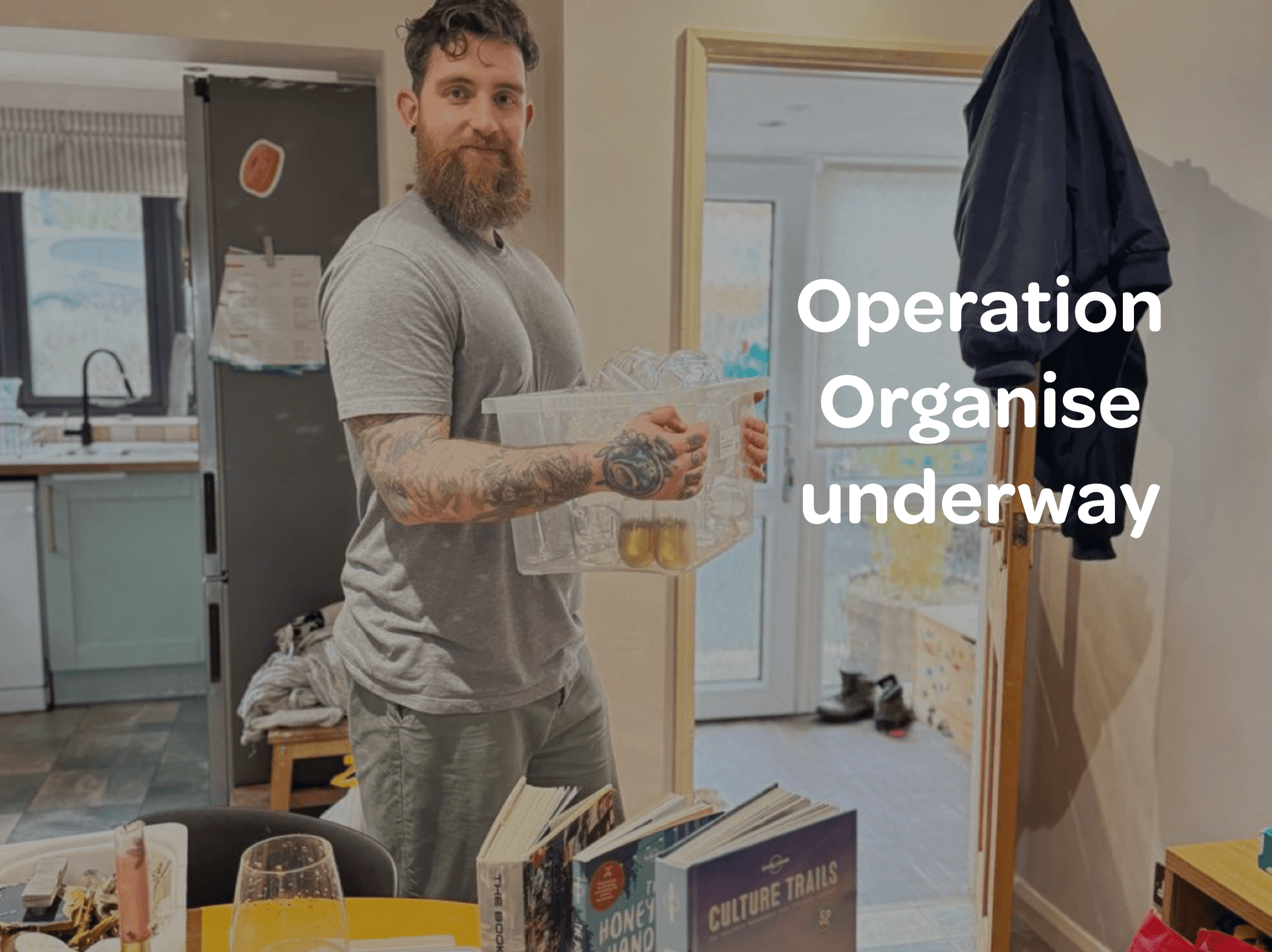
This is the part no one warns you about and it’s way more emotional than you think.
You’re not just clearing out stuff. You’re shedding layers of your old life.
We sold, donated, or boxed up almost everything. And every bin bag came with questions:
“Should we keep this for later?”
“What if we come back sooner than we think?”
“Are we actually doing this?”
The answer? Yes.
And every empty room made it feel more real.
We still do a mini-declutter every few months on the road. If it hasn’t been used in 4–6 weeks, we donate or ditch. Lighter bags = calmer parents.
Read our article: Budgeting for a year of travel
“You don’t just declutter your home. You declutter your habits, your patterns, your past. That’s where the shift starts.”
Managing Doubts, Critics & Wobbles
Your family won’t always get it. Friends may call it a “phase.”
You’ll second-guess yourself… a lot.
Here’s what helped us:
Focus on your “why” write it down and revisit it.
Surround yourself (online or IRL) with others who’ve done it.
Talk to your kids early and often they’ll surprise you with their honesty.
Plan for the wobbles, culture shock, loneliness, off-days. It’s part of it.
Script for worried family: “We’ve planned visas/insurance/schooling. We’ll check in weekly and share our location.”
Script for yourself (on wobbly days): “We chose this for time together and growth. Today is a hard day, not a bad decision.”
“We’re not chasing perfect. We’re choosing present.”
How to Actually Budget for a Year of Family Travel

Let’s make it concrete: choose a monthly target range and test it with a 30-day trial at home (simulate costs, track daily).
Realistic Monthly Budget Ranges (for slow travel families):
(These vary based on destination and travel pace)
| Region | Monthly Budget (Family of 4) |
|---|---|
| Latin America | £1,800–£2,500 |
| Southeast Asia | £1,600–£2,400 |
| Eastern Europe | £2,000–£2,800 |
| Western Europe | £3,000–£4,000+ |
Slow travel (staying 1–3 months per location) helps you:
Avoid expensive transport
Negotiate better Airbnb rates
Settle into routines (which lowers spending)
We’re aiming for under £2,500/month, including housing, transport, food, activities, and insurance.
Message 5–10 Airbnb hosts with a friendly note about your dates and ask for a monthly rate. Most give 15–40% off for 28+ nights.
Budget Tools We’re Using:
Tools we use now: Google Sheets (by country), Trail Wallet/TravelSpend (on the go), Wise analytics, Airbnb monthly quote comparisons.
Picking the Right Destinations: What Matters Most
You don’t need a massive itinerary. You need places that make sense for your family now.
Here’s how we made our shortlist:
Our Criteria:
Warm climate (we’re skipping winter this year)
Spanish-speaking (so we can immerse while we learn)
Affordable health care + good safety ratings
Walkable towns or nature-based living
Not overly touristy — but not totally off-grid
A Few Family-Friendly Countries We Considered:
This list is purely based on our Latin America travel plans the countries we’ve been seriously considering (and in some cases, already committed to) for our family’s long-term adventure starting August 2025:
Ecuador – Affordable, access to both coast and Andes, family-friendly towns, and a great place to immerse in Spanish as we slow travel.
Colombia – Rich in culture, welcoming locals, vibrant cities like Medellín, and surprisingly great for families on a budget.
Costa Rica – Clean, safe, and easygoing with lots of nature and structure. A good first step into long-term travel with kids.
Panama – Laid-back coastal towns, solid infrastructure, and a good transition country between Central and South America.
Nicaragua – Less touristy, more affordable than Costa Rica, and full of raw beauty. Still developing, but we’re drawn to the simplicity.
We commit only the first 1–2 stops. Everything after is pencilled, flex lets you follow seasons, deals, and kid energy
Talking to Friends & Family Who Don’t Get It
This might be the most emotionally exhausting part of the whole thing.
We got every reaction you can imagine:
“That’s amazing! I could never do that.”
“You’re so lucky.”
“Isn’t that dangerous?”
“What about school/friends/careers?”
“Have you thought about… literally every worst-case scenario?”
You don’t need approval but you might need support. And navigating that takes practice.
Tips That Helped:
Explain your “why” with calm confidence (Just once)
Share your plan, not just your dream
Be ready for scepticism (and don’t take it personally)
Keep the conversation open (but protect your energy)
Send them this post
Share the plan once, then share updates. Let results do the convincing.
✨ You’re not irresponsible...you’re intentional.
Managing Culture Shock, Burnout & Travel Wobbles

No matter how magical your plans, real life comes with you on the road.
Kids still cry. Partners still bicker. Bags still get lost.
And at some point, you might think, “What were we thinking?”
That’s normal. Here’s how we’re planning ahead for those wobbly moments:
What We’re Doing:
Scheduling “reset” weeks with no moving or big plans
Keeping a few creature comforts (white noise app, bedtime toys, favourite snacks)
Checking in with the kids regularly
Giving everyone time to miss home, without guilt
Planning buffer days between travel legs
Burnout happens in “normal” life too. You’re just trading the stress of routine for the stretch of growth.
Reset weeks: no sightseeing, just parks and routine
Buffer days: never land and rush a 6-hour bus next morning
Comfort kit: white-noise app, favorite snacks, one small toy/book rotation
Family retro: weekly 10-minute “high/low/learn” chat
What We’re Teaching Our Kids Through Travel
This is the part that hits deepest.
Yes, we’re taking them out of school. But we’re not pressing pause on their learning, we’re changing the setting.
What They’re Learning (Without Realising It):
Language & communication (Spanish practice every day)
Geography (borders, maps, climate, landmarks)
Emotional regulation (change, new people, resilience)
Budgeting (watching how we spend, counting currency)
Connection (meeting people from different walks of life)
We’re not anti-education, we’re just reimagining it.
This month alone: new Spanish phrases, map skills, and the confidence to order food solo. School isn’t paused; it’s relocated
They’re learning that the world is bigger than one way of doing things. That’s worth more than a worksheet.
FAQ: Real Questions from Real Families
1. Can you really travel long-term with kids?
Yes — it’s 100% doable.
We’re a family of four making it happen, and we’ve met families doing it with one kid, five kids, toddlers, teens — you name it. You don’t need to be rich or retired. You just need a plan, a reason, and a willingness to get a little uncomfortable in exchange for a lot of growth.
2. How do you keep routines while traveling?
You adapt — not abandon — your routines.
We plan to keep simple daily rhythms like reading in the morning, rest after lunch, and early wind-downs at night. Travel doesn’t erase structure — it just makes it mobile. It’s less about perfection, more about consistency where it matters most (like sleep, food, and connection).
3. Will my kids fall behind in school if we travel?
No — they’ll learn differently, not less.
We’re worldschooling, which means learning through experiences, books, apps, and real life. And if we ever return to a traditional school setup, we’ll reintegrate with support. But honestly? What they gain in curiosity, flexibility, and global awareness is hard to teach in a classroom.
4. Should we wait until the kids are older to travel?
For us, the answer was ‘go now.’
This age — where our kids still think we’re cool and want to be with us — is golden. Yes, travel has its challenges with young kids. But we’ll never get this time back, and we’d rather give them memories than wait for the ‘perfect’ time (spoiler: it doesn’t exist).
Final Thoughts: You Can Do This (Even If It Feels Big)
ou don’t need to quit everything this week. You need momentum. Open a spreadsheet, sell one box, book a 30-day starter stay. The rest gets easier once you’re moving.
Next step:
Grab our free Travel Planning Checklist and Family Travel Toolkit. Start with one page, one task, one tiny win.

